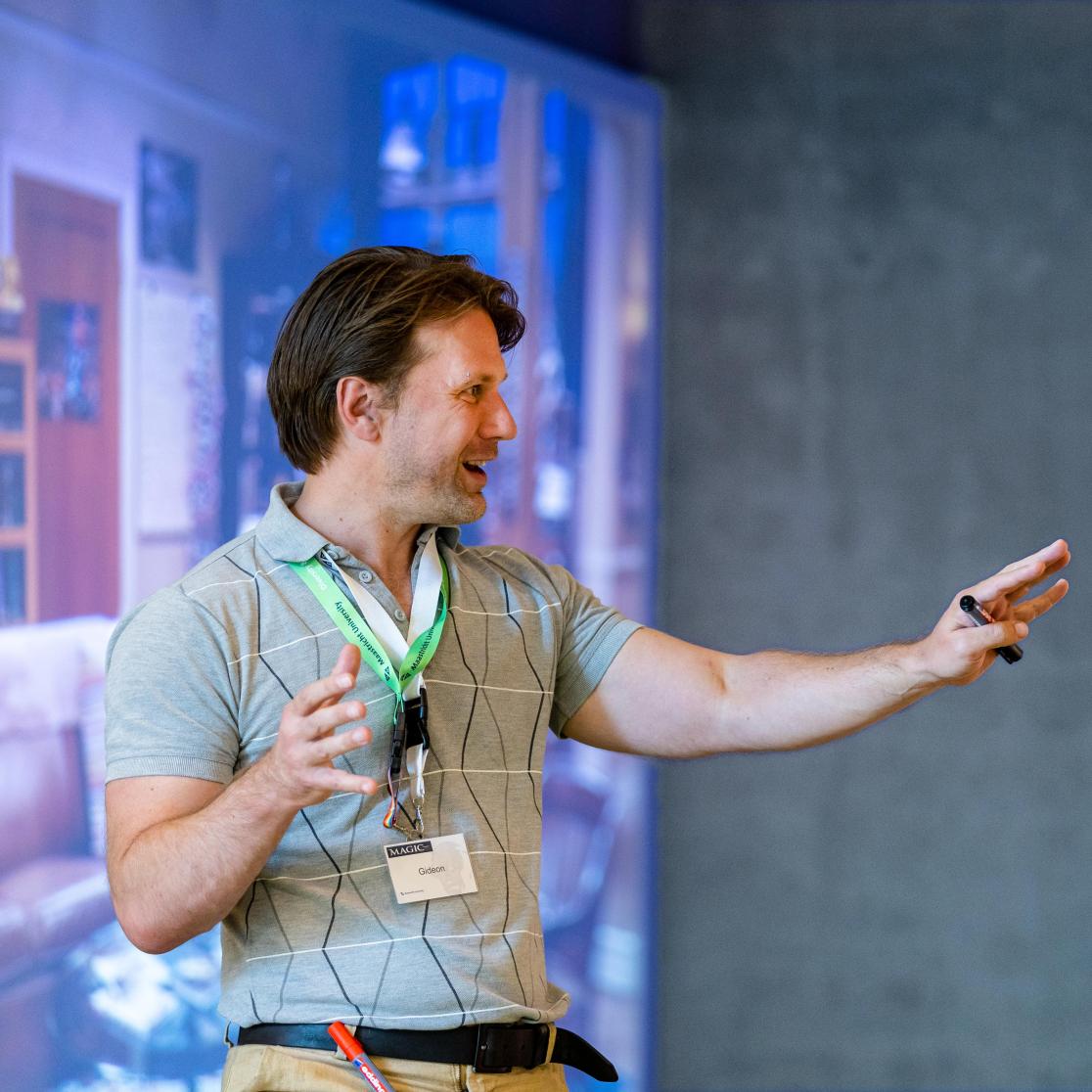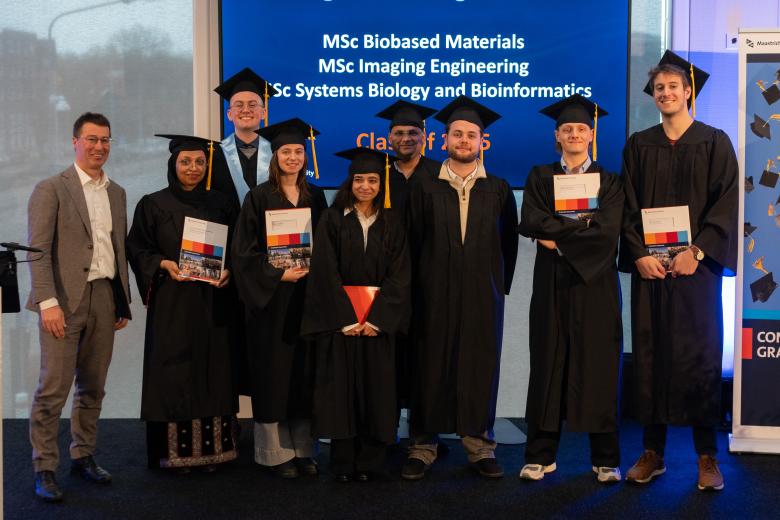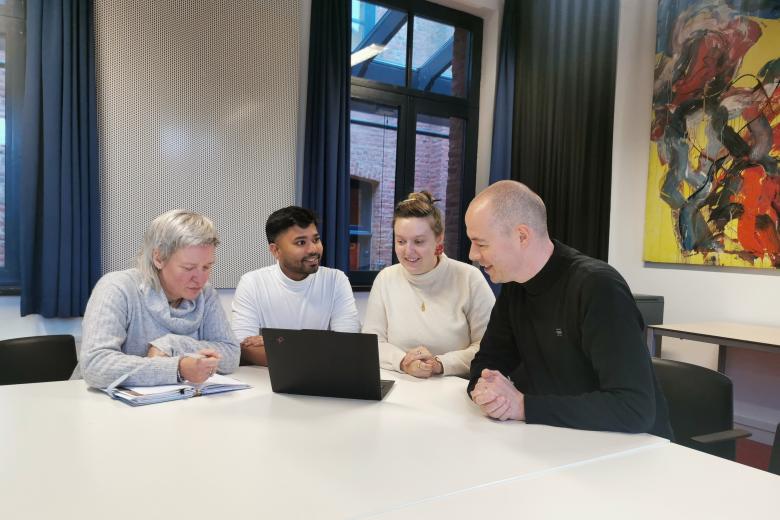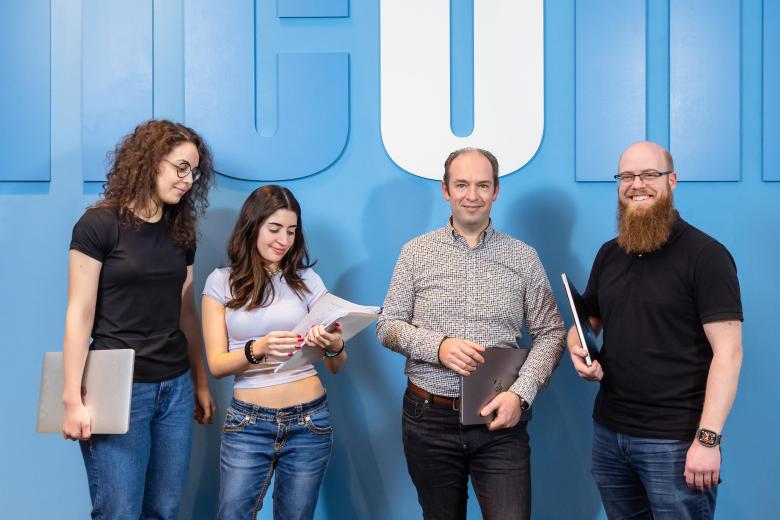MaGIC summer school: physics teachers dive deep into gravitational waves
Last week saw the very first edition of the MaGIC Summer School take place in Maastricht. The event brought together secondary school physics teachers from around the world to learn more about gravitational waves and the Einstein Telescope.
Gravity, black holes and other extreme cosmic phenomena capture the imagination, precisely because they are surrounded by so many mysteries. Yet the physics behind them is not nearly as difficult as it may seem. “Gravitational waves will unveil the most exciting mysteries of the universe. We must share that with everyone, even in the classroom!” says Dr Gideon Koekoek. As Associate Professor at Maastricht University, he is closely involved in the Einstein Telescope. The telescope provides teachers with an ideal hook to introduce their pupils to gravitational waves and the techniques used to detect them.
On Koekoek’s initiative, an international group of around 25 physics teachers came to Maastricht last week for the first MaGIC Summer School for secondary school teachers (Maastricht Gravitational Inspiration Curriculum). Here they learnt about gravitational waves, the methods used to measure them, and how to pass on this knowledge to their pupils at an accessible level. Once back home, they will also involve their colleagues.
Teachers as learners
“I enjoyed an inspirational week in Maastricht learning about gravity and gravitational waves. It is a treat to be included in this huge scientific and political endeavour. It is great that the summer school recognises the importance of Teacher Voices to inspire and include our students,” says Helen Creedon, teacher at the École Européenne Bruxelles III and Coláiste Naomh Eoin in Ireland. Marla Foidl, who studies at the Pädagogische Hochschule in Karlsruhe, Germany: “I can now see how to integrate topics such as galaxies or gravitational waves into my lessons. By bringing these themes into the classroom, our students can experience just how impressive science can be. I hope that by passing on this knowledge to them, they will want to play a part in this project themselves in the future.”
The teachers followed their lessons at Maastricht University, including in the ETpathfinder laboratory, where researchers are working on a prototype of the telescope. Their programme also featured visits to the Einstein Telescope Education Centre at the Discovery Museum in Kerkrade and to the Provincial Government of Limburg, as well as international guest speakers in the fields of gravitational waves and education.
Cross-border collaboration in education
Elianne Demollin-Schneiders, Regional Minister of the Province of Limburg (Education & Labour market), remarks: “The Einstein Telescope and initiatives such as the MaGIC Summer School underline how cross-border collaboration can strengthen both science and education. As a province, we actively strive to bring education, research and innovation together, across borders. By sharing international knowledge and experiences, we offer opportunities for young people and teachers from across the region and far beyond to grow. In this way, Limburg aims to be a driving force behind a strong, innovative Euregio where science, education and society continue to inspire one another.” The Province of Limburg is supporting the pilot for the MaGIC initiative with financial backing.

Big science in the classroom
Pamela Habibović, Rector Magnificus of Maastricht University, explains: “Big Science projects such as the Einstein Telescope are characterised by large-scale international collaboration. We believe it is important that not only science, but also education, benefits from this. Through MaGIC, secondary school teachers are brought into contact with leading scientists from both home and abroad. We are extremely proud of this cross-pollination and are already looking forward to next year’s edition.”
Alongside Maastricht University, the Einstein Telescope project team, the Einstein Telescope Education Centre at the Discovery Museum, the California Institute of Technology (Caltech) in the US and the Perimeter Institute in Canada are all involved in the organisation.
Curious about how MaGIC came about? Ahead of the first edition, Dr Gideon Koekoek spoke about it in this interview.
Also read
-
Ron Heeren appointed fellow of the Netherlands Academy of Engineering
Professor Ron Heeren, distinguished university professor at Maastricht University (UM) and director of the Maastricht MultiModal Molecular Imaging Institute (M4i), was appointed as a fellow of the Netherlands Academy of Engineering (NAE) on Thursday 11 December.
-
UM builds open education and digital literacy into BKO/UTQ
Maastricht University is taking a practical step to support early-career teachers: open education and digital literacy will be built more firmly into the BKO/UTQ.
-
Companies unlock Maastricht University’s hidden talent
@Work students serve as a bridge between academia and industry, helping companies recognise the university’s strengths. “We’re a hidden gem that’s gradually being discovered, as more and more people learn that we are one of the largest academic data science and AI programmes in the Netherlands